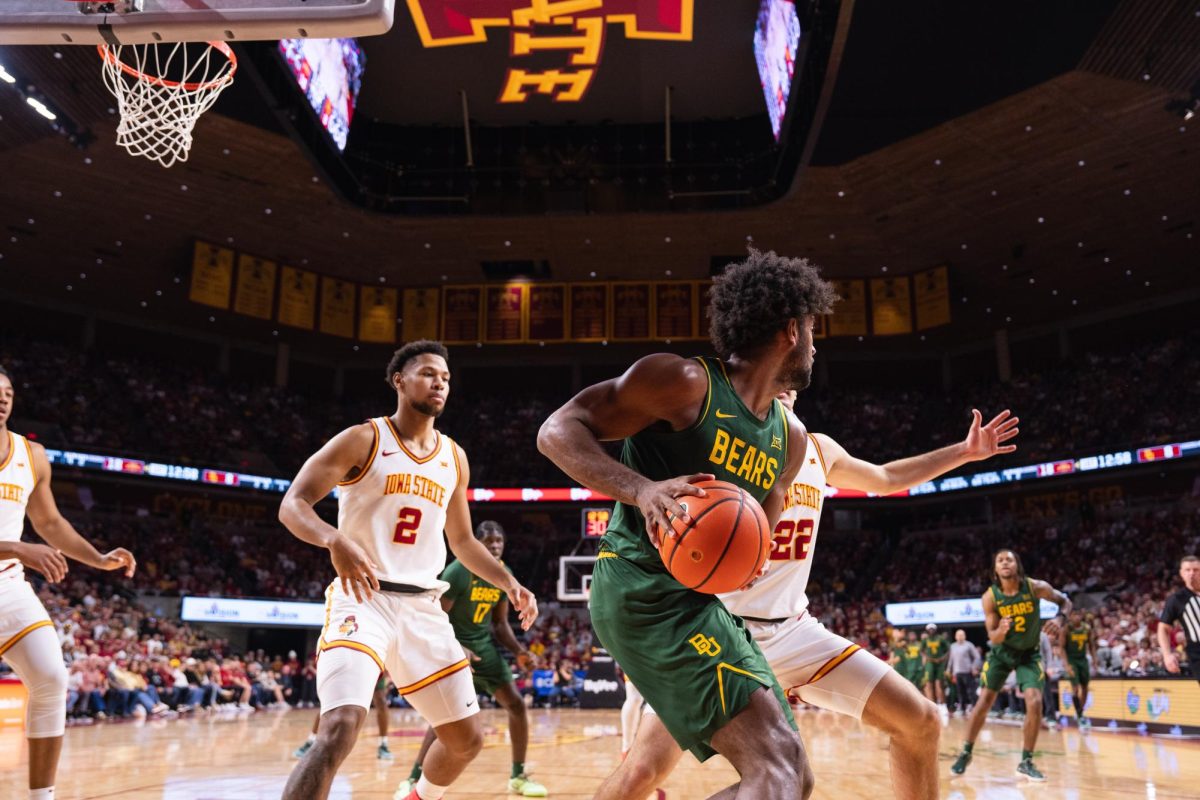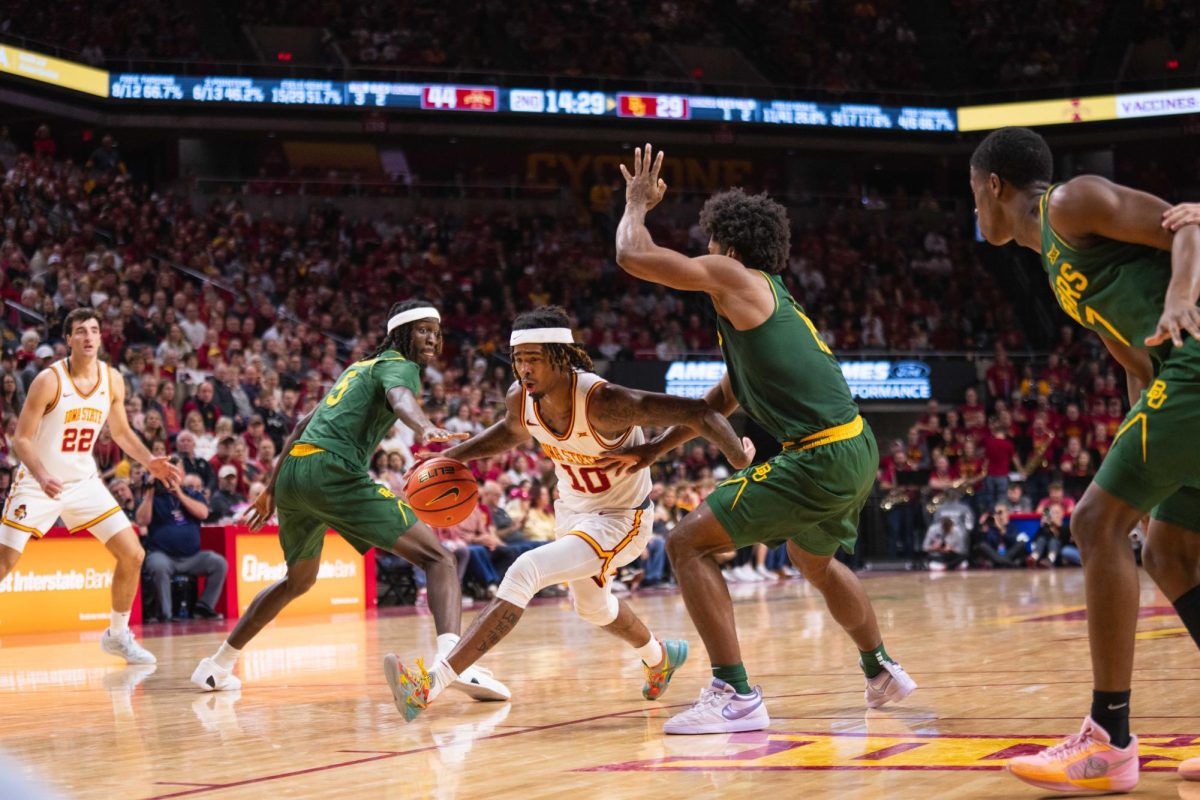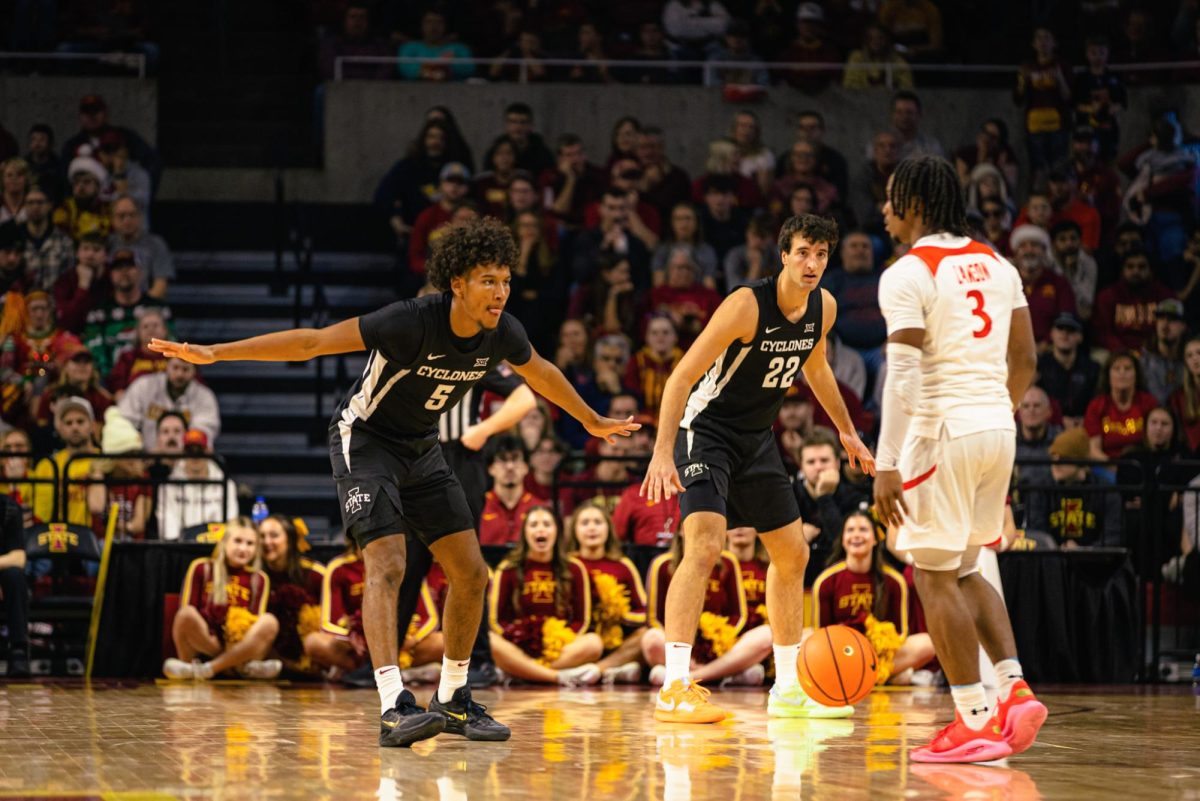`Nevermind’ the bollocks, grunge is 10
September 19, 2001
It was the image: It looked as though he just woke up, threw on some faded clothes, and headed to a high school gymnasium to entertain us. With blond hair in his face and a right-handed guitar strung upside-down in his hands he mumbled lyrics that nobody could quite understand, yet everyone sang along.
It was the onslaught of aggression that is one of the most recognizable power chord progressions in the history of rock `n’ roll.
It was time to wash out the hairspray and pull out the flannel and jeans. Almost exactly a decade ago, one man came to rescue rock `n’ roll from it’s slipping state.
While Motley Crue and Warrant were still riding the waves of their power ballads, Kurt Cobain was writing songs in Aberdeen, Wash., with best buddy Krist Novoselic. Two years after 1989’s “Bleach” – an album that cost around $600 to record according to AllMusicGuide.com – Cobain and Novoselic hooked up with producer Butch Vig and drummer Dave Grohl to craft “Nevermind.”
Rock `n’ roll was given a monumental facelift on Sept. 24, 1991, the day “Nevermind” burst onto the scene. All 42 minutes and 38 seconds of the album spoke volumes to the disillusioned teens and twenty-somethings of the time.
But not everyone felt the effects of grunge immediately.
“I was in sixth grade when it hit, and I was more into hip hop at that time,” says Zack Smith, senior in agronomy and bass player for Keepers of the Carpet. “I got into it at the point in your life that you wanted to rebel and kick ass a little bit.”
Nirvana shattered many pre-conceived notions that rock music had in place at the time. The band has sold nearly 7.5 million copies of “Nevermind” as of May 2001, according to SoundScan figures reported by SeattleWeekly.com.
“It was an overall good CD,” says Squire Boone, sophomore in pre-business and director of the M-Shop. “It was better than a lot of other stuff coming out at the time.”
Pearl Jam’s “Ten,” released a month earlier, actually surpassed “Nevermind” following the success of Nirvana, selling more than 8.5 million copies.
“Grunge has always been about contradictions. It is equal parts punk, metal, pop and classic rock – a real jumble of styles,” says Darryl Moton, KURE music director and senior in English.
“That whole grunge business was a little different than things going on in the mainstream,” says David Stuart, who teaches a rock `n’ roll history class at Iowa State. “It had integrity in itself and it was pretty hard not to realize what was going on; it wasn’t a fad. It allowed people to say a lot of things lyric-wise and musically.”
But underground success wasn’t a novel thing for Seattle’s musical landscape, as bands like the Melvins, Green River and Mother Love Bone, were forming grunge long before Kurt Cobain penned “Smells Like Teen Spirit.”
The Seattle scene exploded from the spark Nirvana had ignited. Instead of carbon copies of Poison, record labels were clamoring for the next Nirvana or Pearl Jam. The movement was dubbed “grunge” by the press. Record labels and media outlets sent droves of A & R teams to Washington to discover – and reap the profits from – the next grunge powerhouse.
And with strong contributions from other heavy-hitters like Alice in Chains and Soundgarden, it seemed grunge was poised to hold the throne for a long time.
But on April 5, 1994, Kurt Cobain ended his life with a shotgun blast to the head, leaving behind wife Courtney Love, daughter Frances Bean and thousands of jaded fans.
“I was really pissed,” Stuart recalls. “I’m a dad. And I don’t care what kind of bullshit you get into; you don’t abandon your children. For me, that’s the epitome of being incredibly selfish. You don’t sit down and create a responsibility and then walk away from it.”
Moton says that he really got into Nirvana after hearing the song “Very Ape” from “In Utero” at a friend’s house.
“I couldn’t get the song out of my head,” he says. “And I couldn’t wait for the next album from these guys. I couldn’t wait to buy albums from these guys in six years. I thought they would live forever – that they were amazing.
“Then three months later Kurt killed himself. I mean, I wasn’t one of those bawling superfans, but I just felt cheated.”
Some people believe that grunge died, or at least began to fade, after Cobain’s suicide.
“I think [Cobain’s death] had something to do with [the end of grunge],” says Justin Kroona, senior in history. “Even though he didn’t really want to be famous, his death symbolizes the end of grunge as an era.”
Moton disagrees.
“By the time that grunge was in the mainstream, there were so many bands doing things similar to what Nirvana was trying to do. Bands like Hum, Soundgarden and Smashing Pumpkins – it was like they were trying to be louder than the world without that rockstar image.”
To that end, other grunge mainstays tried to pick up the slack.
Alice and Chains spawned hits such as “Would” and their MTV “Unplugged” album, sustained by the moaning voices of Layne Staley and Jerry Cantrell. But rumored drug problems de-railed the band, according to Mtv.com.
Soundgarden, too, crumbled in early 1997, succumbing to the rock `n’ roll cliche of artistic differences.
Pearl Jam helped to keep up the revolutionary spirit of the genre by boycotting Ticketmaster and its hefty service charges. But the band lost the battle with the entertainment giant, though it still sells out arenas and posts respectable album sales.
“[Pearl Jam’s] sound is grunge and they do it well, so there’s no reason for them to change it,” Kroona says.
However, grunge may have faded anyway, even without the sudden removal of Cobain.
“There’s no way you can conjecture, but you can sit and play `what if’ games,” Stuart says. “I’m not sure if Nirvana would have the fame it has if he had not taken his own life.”
“People say grunge changed music forever,” Smith says. “But people got sick of it after a while and wanted something a little more sunshinier. It had profound effects through `95, and after that people got sick of long hair and thrashing all the time.”
“Eventually it was going to come down,” Boone says. “[Kurt’s death] probably helped to move it a little faster.”
Grunge is now all but gone, replaced by rap-metal that eerily mirrors the hair metal melee of the late `80s.
“I honestly hope there will be another revolution,” Moton says. “The state of popular music has become so bland and boring.”
However, one doesn’t have to listen very hard to hear a little grunge coursing through the veins of contemporary rock bands such as Creed and Staind.
“The influence is still there,” Moton says. “Even now, bands like Rage Against The Machine are grunge-influenced.”
Back in 1992 when Slipknot was a technique you learned in Boy Scouts, Nirvana was the reigning king of rock `n’ roll. But as quickly as the trend started it had ended.
“What’s important sometimes is not the commercial success of something but the influence it has on other people.” Stuart says. “Some of it is luck, being in the right place at the right time. The fame, the notoriety, it’s a crapshoot. If a band comes along with a style and they keep on going, that could happen.”
– additional reporting by Bethany Kohoutek and Jon Dahlager






